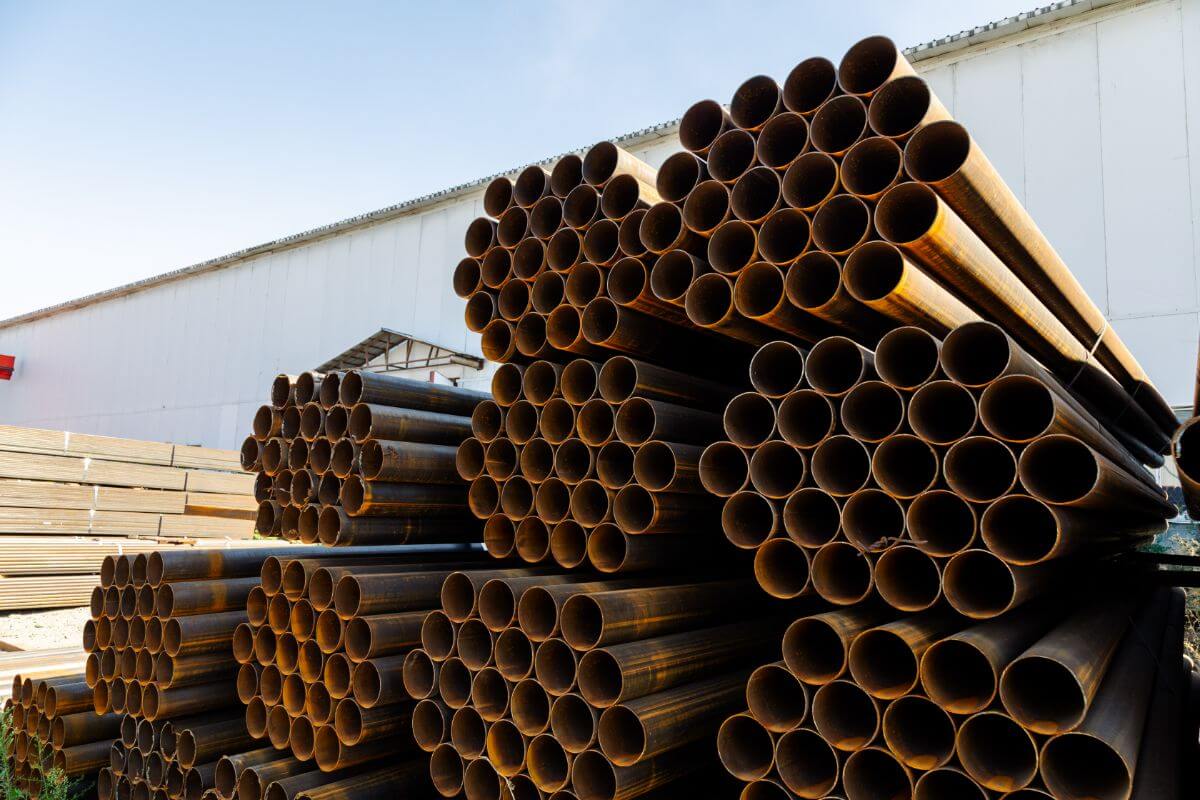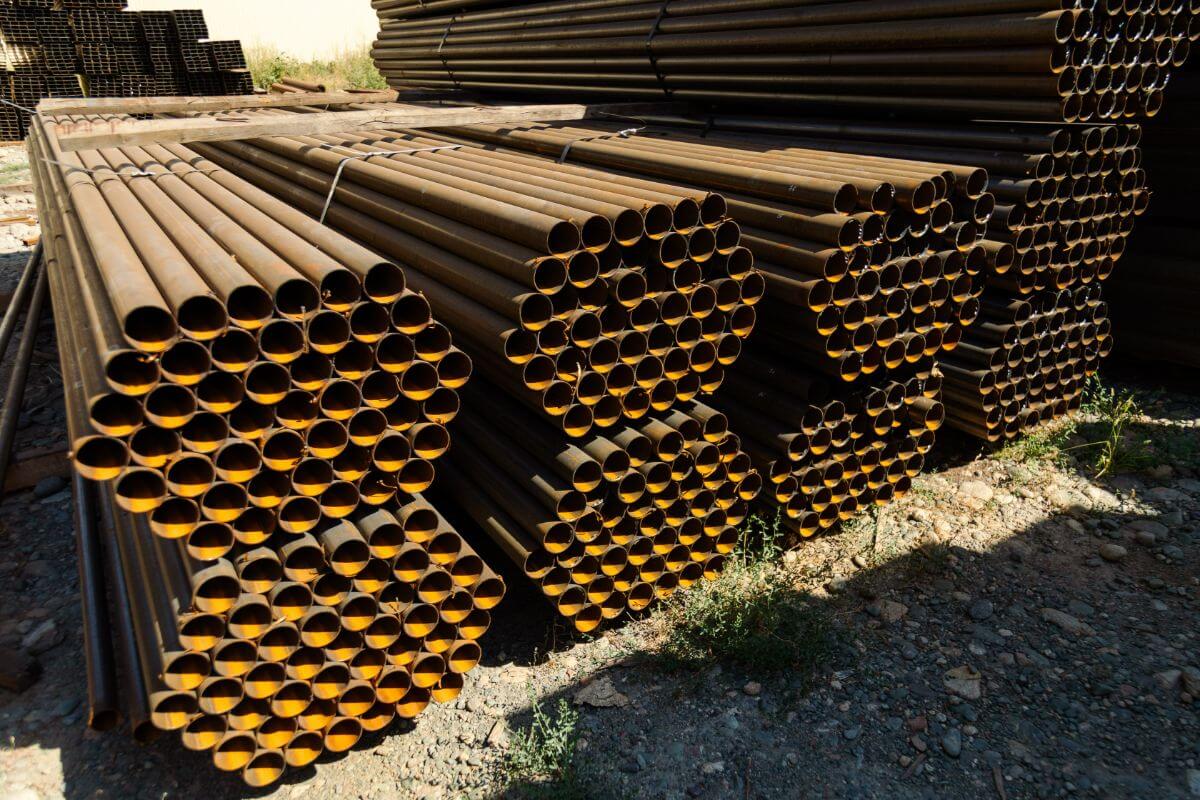
The Galvanization Process: How GI Pipes are Made Corrosion-Resistant
Overview
From the intriguing galvanization process to the science behind it, this article unveils the steps that transform raw iron into corrosion-resistant pipes. Discover how the synergy of steel and zinc creates pipes that defy time and harsh environments. Explore each stage, from meticulous preparation to the final touches, as we delve into the process that shapes GI pipes into stalwarts of urban development.
Galvanized iron (GI) pipes play a pivotal role in various industries, known for their robustness and longevity. This article takes you behind the scenes of how these GI pipes are made corrosion-resistant. From the intricacies of the galvanization procedure to the science that underpins it, we’ll explore the steps that turn raw iron into pipes capable of withstanding the test of time in even the harshest of environments.
Zinc Application
At the heart of the galvanization process lies a remarkable technique that harnesses the inherent properties of zinc to create a shield of protection for steel. This process involves immersing the steel in a bath of molten zinc, allowing a chemical reaction to occur between the zinc and the surface of the steel. Through this reaction, a new compound is formed – a zinc-steel alloy that is tightly bonded to the steel’s surface.
This newly formed alloy acts as an impenetrable barrier, shielding the underlying steel from the harsh elements that lead to corrosion. The zinc’s natural corrosion resistance properties become an integral part of the steel, fortifying it against rust and extending its lifespan considerably.
In essence, galvanization not only enhances the physical attributes of steel but also capitalizes on the unique properties of zinc. By combining these materials through a meticulously controlled process, we are able to create a powerful synergy that results in GI pipes with exceptional durability and resistance to corrosion.
The Steps in the Galvanization Process

In this section, we’ll take you through the galvanization process step by step, unveiling the science and techniques behind crafting corrosion-resistant GI pipes. From the initial preparation to the final touches, you’ll discover the intricacies that turn steel into a formidable ally against rust and decay.
- Preparation and Inspection: It all starts with careful preparation. The steel pipes, which are the main material, go through a detailed inspection to make sure they’re good for the galvanization process.
- Degreasing and Cleaning: Keeping things clean is super important. The pipes get a thorough cleaning to remove any oil, grease, dirt, or other stuff. This clean surface is vital for making the steel and zinc stick together well.
- Pickling: To make the pipes even better, they go through something called pickling. This means they’re dipped in acid to get rid of any rough parts, leaving a smooth surface that’s perfect for the zinc coating.
- Fluxing: After pickling, the pipes are fluxed. This means they get coated with a special solution that has zinc and ammonium chloride. This solution prevents the pipes from rusting before they go into the galvanizing bath.
- Galvanizing Bath: This is the big step! The pipes are dipped into a super hot bath of melted zinc, around 450°C (842°F). The zinc and steel react, forming a strong bond. This makes a layer of zinc-steel mixture that’s tough against rust.
- Quenching: Once out of the zinc bath, the pipes are cooled quickly in water or air. This makes the zinc-steel mix harden and stick to the pipe really well.
- Inspection and Testing: Quality check time! Every galvanized pipe is thoroughly checked. They measure things like how thick the coating is and if it’s all even. Only the best pipes that meet strict standards move forward.
- Finishing Touches: The last step is about making things perfect. Any extra zinc is trimmed off, and the pipes get looked at again. If anything’s not quite right, it’s fixed. This ensures every GI pipe is ready to be super strong against rust.
- Ready for Action: After this process, the GI pipes are ready to take on tough situations. They’re resistant to rust, strong, and long-lasting. This makes them perfect for lots of jobs, like plumbing and construction, where they need to hold up even in challenging conditions.
The Importance of GI Pipes
In many distant and rural areas, the availability of clean water remains a challenge, necessitating the implementation of innovative structural solutions to bridge this gap. Galvanized iron pipes can be used in various ways, but most commonly, they are the main transmitter of raw or treated water. These pipes are used to transport clean water to hard-to-reach places where the demand for water is low, and these pipes are often used to convey water that has not been processed and to distribute water that has been treated.
Key Takeaway
The process of galvanization is a combination of scientific principles, skilled techniques, and positive effects on society. It tells a story of different elements coming together with a greater goal in mind – crafting pipes that strengthen structures and improve lives. By understanding how GI pipes are made corrosion-resistant, we go beyond just forming pipes; we create durability, advancement, and a future where strength and dependability work together.
Here at Supreme Pipe Corp., we have a wide range of pipes including GI pipes. All our products can be used in versatile applications: residential, commercial, and industrial. You can get in touch with us today to find which products suit your specific requirements.


